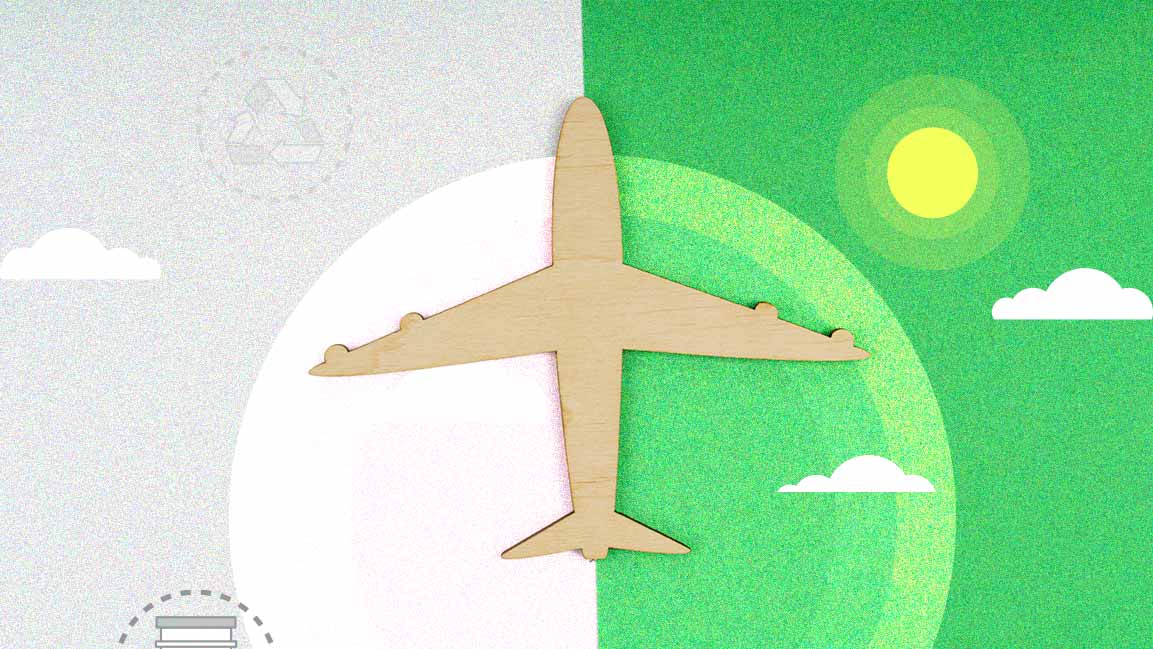- | 1:00 pm
Sustainable aviation fuel production to triple by 2024: IATA
Over 600 million liters of SAF were produced in 2023, twice the amount in 2022

Now accepting applications for Fast Company Middle East’s Best Workplaces For Women 2023. Click here to register.
The aviation industry, long a major contributor to greenhouse gas emissions, is witnessing a significant shift towards sustainability.
At the forefront of this change is Sustainable Aviation Fuel (SAF), a renewable substitute for traditional jet fuel, playing a key role in achieving substantial emissions reductions. The International Air Transport Association (IATA) released optimistic projections for SAF production, forecasting a three-fold increase to 1.875 billion liters (1.5Mt) in 2024.
This surge represents a crucial step towards cleaner air travel, with SAF said to account for 0.53% of aviation’s fuel needs and 6% of renewable fuel capacity.
“Even with that impressive growth, SAF as a portion of all renewable fuel production will only grow from 3 percent this year to 6 percent in 2024. This allocation limits SAF supply and keeps prices high. Aviation needs 25 percent and 30 percent of renewable fuel production capacity for SAF. At those levels, aviation will be on the trajectory needed to reach net-zero carbon emissions by 2050,” said Willie Walsh, IATA’s Director General.
The global framework established by the International Civil Aviation Organization (ICAO) at its Third Conference on Aviation Alternative Fuels (CAAF/3) is designed to encourage Sustainable Aviation Fuel (SAF) production worldwide. The objective is to decrease the carbon intensity of internationally used aviation fuels by 5% by 2030. Meeting this target requires an estimated annual SAF production of 17.5 billion liters (14Mt).
As the demand for SA continues to rise, its production faces challenges in keeping pace. Despite a ready market where every produced drop is promptly purchased and utilized, airlines have committed to utilizing a significant 16.25 billion liters by 2030, and new agreements are consistently emerging. The primary obstacle lies in unlocking the necessary supply to meet this escalating demand.
To realize the goals of CAAF/3, regional and national policies, and airline commitments, governments must implement policy frameworks that incentivize renewable fuel producers to allocate 25-30% of their output to SAF.
































